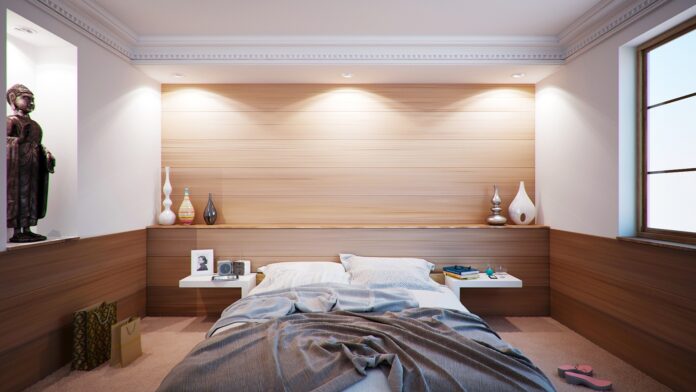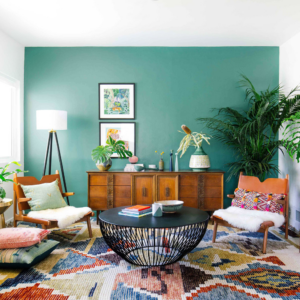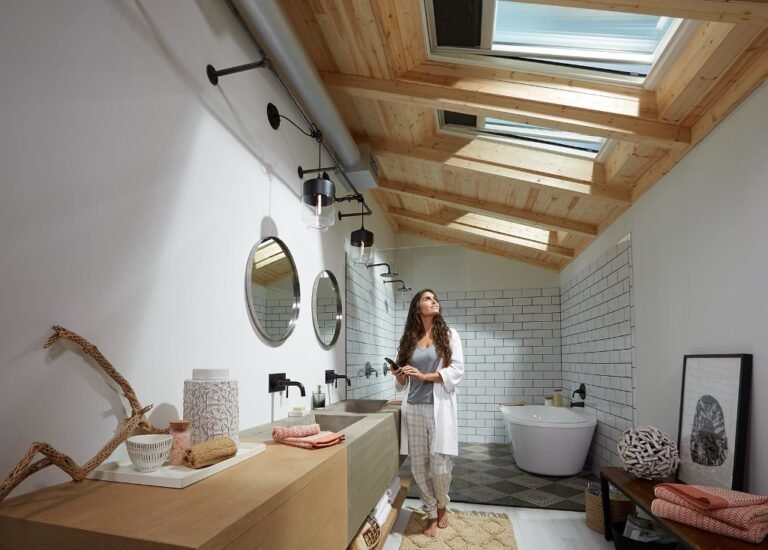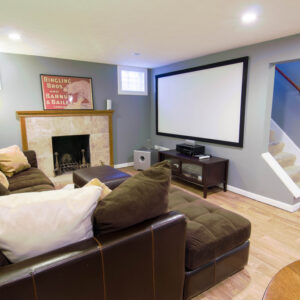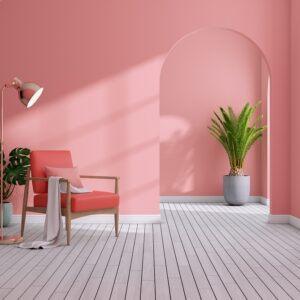With lighting costs consuming anywhere from 15 to 20% of a commercial building’s energy usage, it is no surprise that there are pushes to trim expenses and convert to better systems.
One of the easiest options for doing just that is working with a LED retrofit kit. These sets of equipment make a transition cost-effective and easy.
Join us and find out exactly how you can benefit from investing some time in these tools.
Working With LED Retrofit Kits
Retrofitting any system is simply the process of adding new technology to an existing system or existing set of hardware.
In the case of a kit such as an LED retrofit, the arrangement of the system itself may be effective but the operational pieces need upgrading. The fixtures and lighting structures are effective but the lighting is the problem.
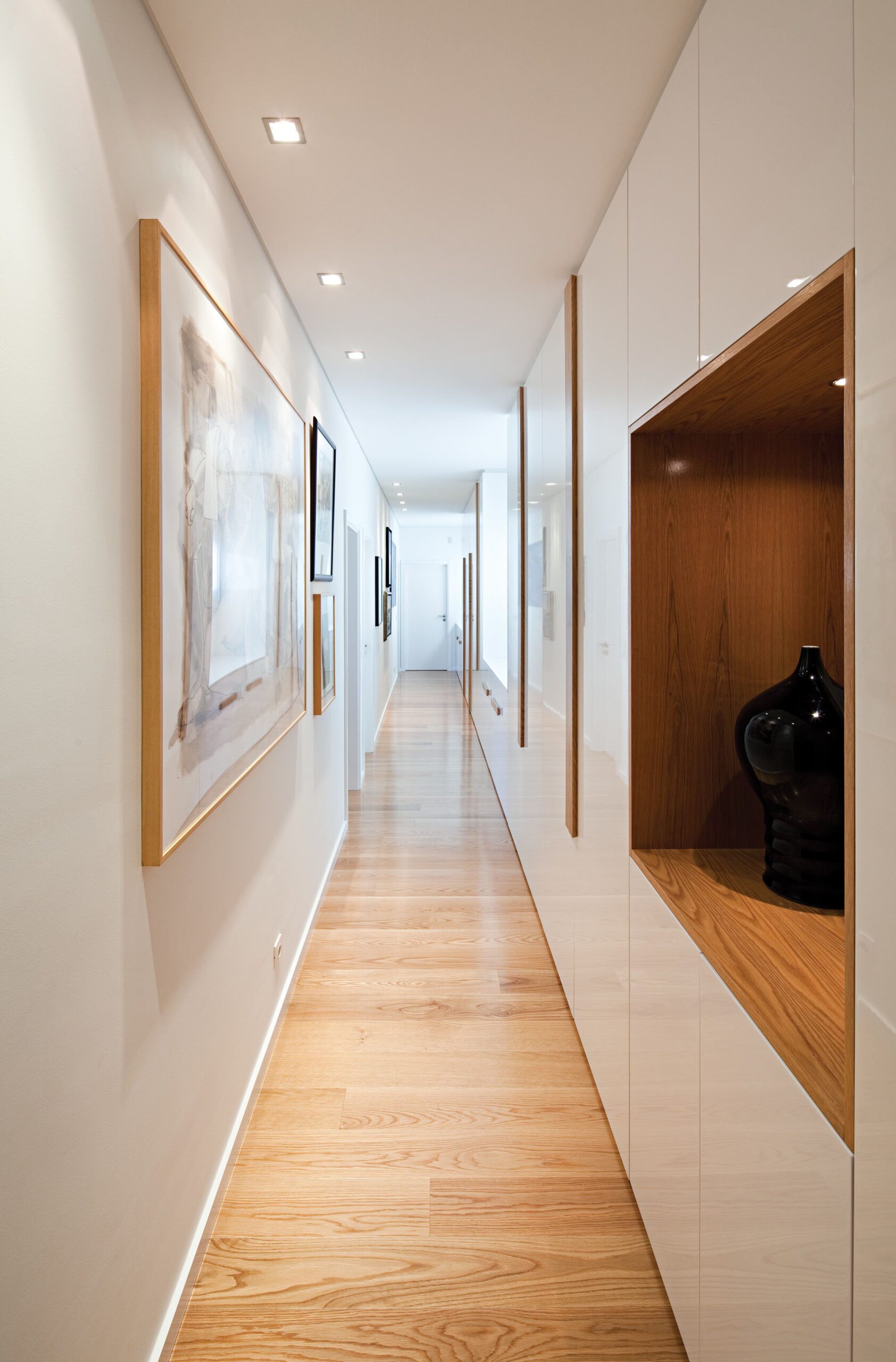
A retrofit implementation saves from a complete redesign, however. If you are pleased with the output and the layout of a particular design, there is no reason for a complete strip-down and rebuild.
Using a retrofit solution is much like using a patch and upgrade when it comes to computer options.
Benefits Of Making The Change
Cost is and always will be at the front as it will be whenever talking about business factors. But that is not the only thing that transitioning to LED kits will bring with it. There is a league of other benefits that converting over to a LED-based system will bring.
Efficiency and Control
This is always the first factor that is brought up when LED lighting is discussed. The cost and efficiency of the transition from “standard” lighting to LED are immense. LED lights consume approximately 50% less electricity than the aforementioned options.
An LED set up directs light in a specific direction. Because of this, you are designing your light set up exactly as you need it and there is little to no wasted lighting.
The traditional lighting set up lights in all areas and wastes a great deal of energy. You have very little control in regards to directing the light as needed.
The ability to create dimmable fluorescent lighting is much more difficult. Even when it has been completed it still can not obtain the same level of control that an LED set up can.
Working on a dimming system allows for seamless control of lighting as needed. LED lighting can work with a range of “color” and “temperature”, working on a scale of CCT or Correlated Color Temperature.
The lower the scale the “warmer” or more yellow and the higher the “cooler” or the bluer. The yellow, warmer light would be considered a natural white and a perfect setting for kitchen type ambiance.
The blue is more suited for a reading implementation. This reflects the wide range of usage from a single tool, however, rather than having to utilize multiple installations.
Long-Lasting and Durable
The work-life of an average bulb stands around 1,000 hours. While LEDs are rated anywhere from 25,000 to 50,000, at least.
An LED light is constructed in a much different fashion than the standard glass and filament enclosure. These lights are made up of circuit boards with various soldered components.
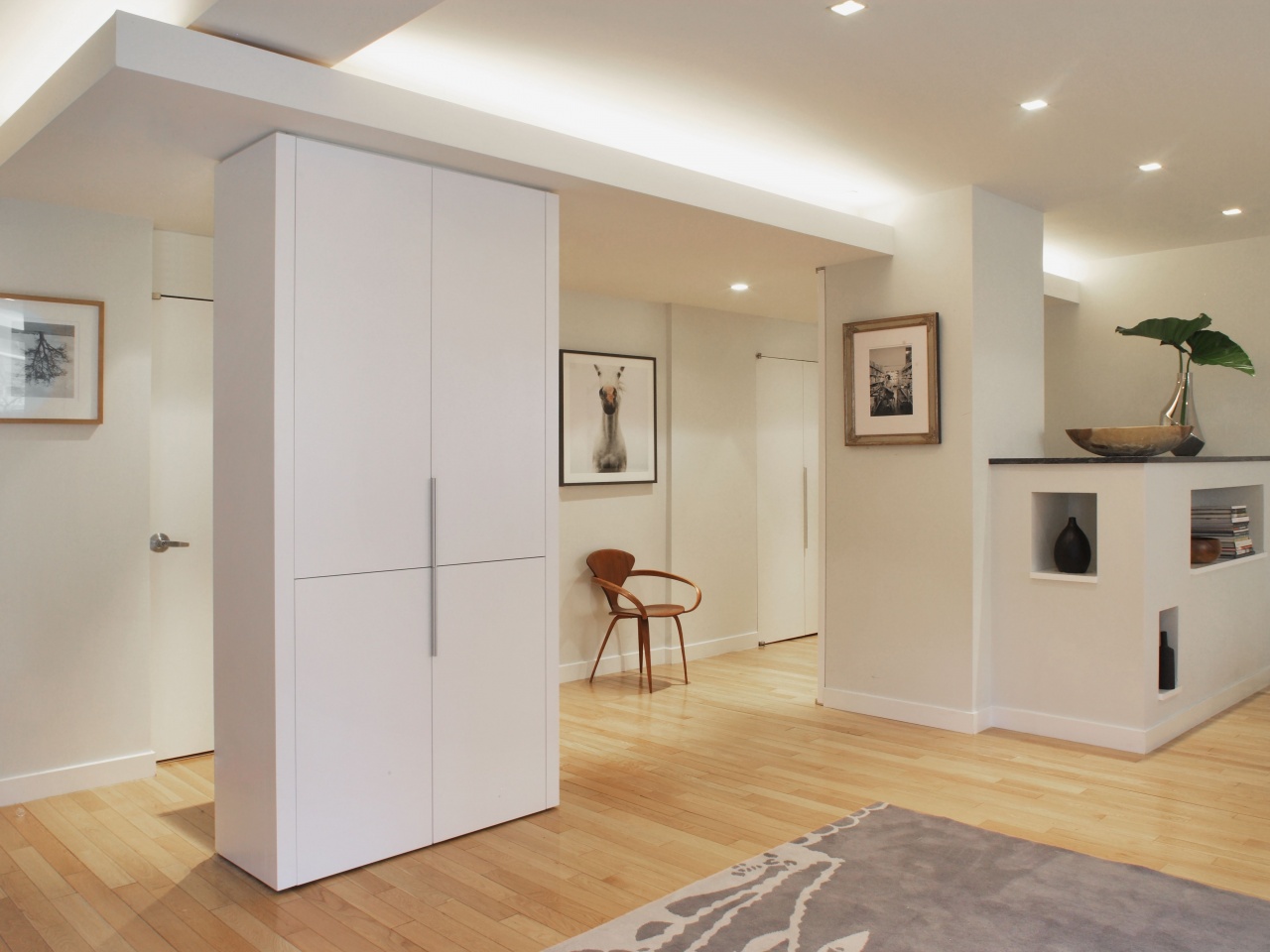
Because they are a far more contained unit and far less vulnerable to damage. There is a lower rate of repair and malfunction.
Temperature Variance
The fact that temperature does not impact the lighting ability of LED bulbs makes them a perfect fit for refrigeration units and other cold storage as well as outdoor implementation.
Because they do not require the added voltage to start and power as do the other lamps in colder temperatures, they once again, present a lower cost and more efficient option.
They will degrade less quickly in these settings as well.
Quality in Use
LED bulbs do not let off light or heat radiation. There is no sound, buzz, of the traditional fluorescence. The light quality itself is higher and without these side effects.
Color Rendering Index or CRI is an important factor, especially when dealing with images that may be picked up on security cameras!
LED lights have an incredibly high CRI so the lighting that is created is nearly 1:1 as you would see regularly. Whereas the standard bulbs are a much lower comparison.
Financial Incentives
There is a wide range of incentives both on the federal and state level when it comes to clean energy and green initiatives. Transitioning to LED configuration is part of that initiative.
As there are multiple policies and incentives that change by the state it is important that you check to see exactly what the benefit is given the state that you are operating in.
Different federal tax credits exist as well. With those, there are differing regulations.
Since LED lighting does not contain any of the same harmful metals or components, when you have converted over you can take part in recycling initiatives as well. The stronger a business is with the “green movement” the better in this market.
It is a win-win option!
Keep reading from the LED Retrofit Kit to learn even more about how it can be implemented into your system.
The Light is Green
Lighting will always be a necessity. So why shouldn’t you work to make it the most efficient option you can! Equipping yourself with an LED Retrofit Kit will allow for the transition to a more efficient, green system.
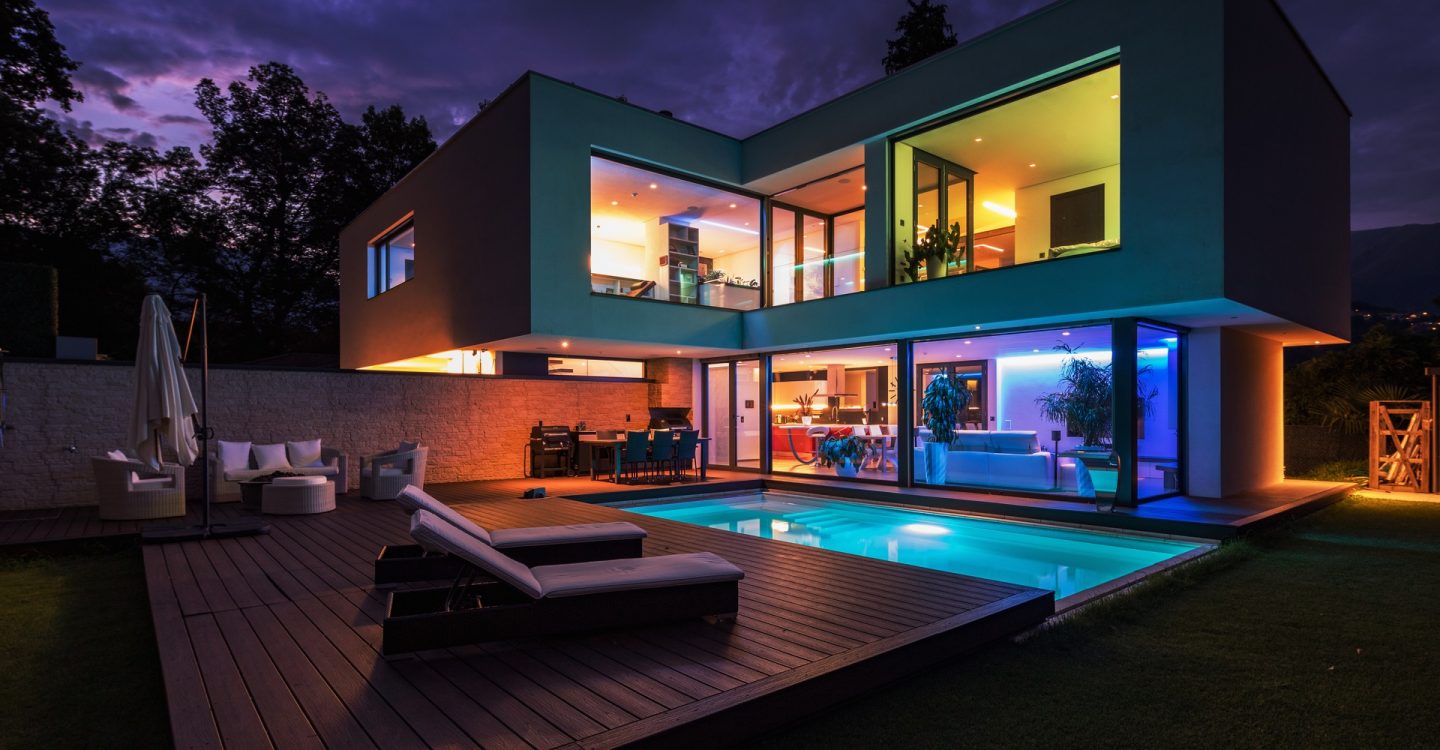
Save money and be eco-friendly at the same time!
If this was of help today be sure to come by the blog for more content like this! Be sure to follow us on social media as well, the links can be found on the bottom of any page.
